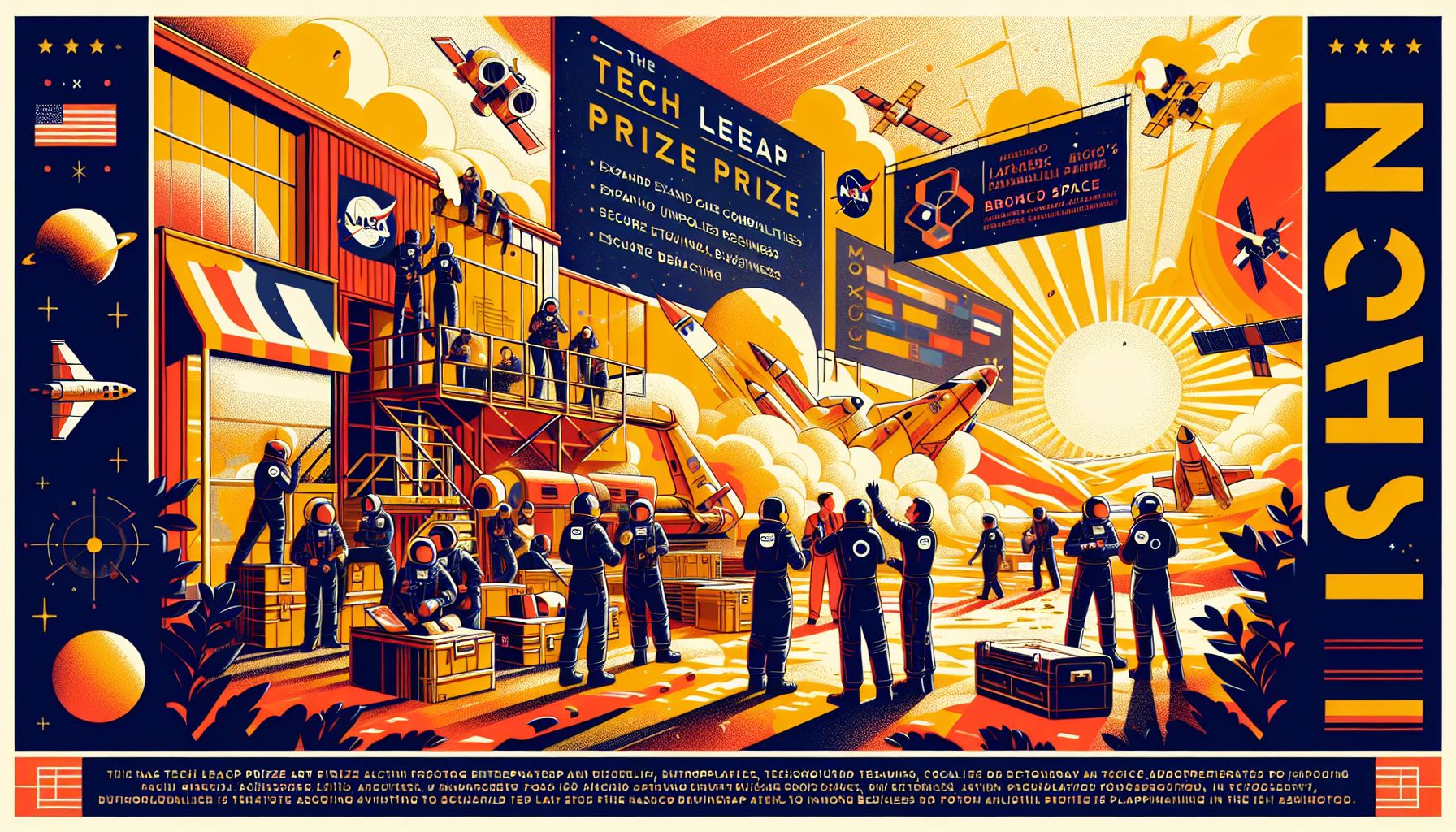NASA's TechLeap Prize Ignites Innovation in Space Technology

Pomona, Sunday, 30 June 2024.
NASA’s TechLeap Prize competition is fueling entrepreneurship and technological advancements in space exploration. Winners like Bronco Space have leveraged their success to expand capabilities, form new businesses, and secure additional NASA funding, demonstrating the competition’s impact on fostering innovation in the aerospace sector.
Bronco Space’s Meteoric Rise
Bronco Space, a CubeSat laboratory at California State Polytechnic University in Pomona, California, exemplifies the transformative power of NASA’s TechLeap Prize. After securing $500,000 by winning the Autonomous Observation Challenge, the team developed the Bronco Ember, a wildfire detection system. This significant financial boost allowed the group to invest heavily in their laboratory, enhancing both their technological capabilities and business acumen.
From Lab to Business: PRISM Intelligence
The success of Bronco Space did not stop at technological advancement. The experience and resources gained from the TechLeap Prize competition enabled team members, including Zachary Gaines, to establish PRISM Intelligence. This small business later won the NASA Entrepreneurs Challenge with its innovative 3D digital map of the world, which uses AI to enhance lunar payloads and climate science. This accomplishment earned them a share of the $1 million prize, further solidifying their presence in the aerospace sector.
UCLA’s Innovative Interface
In another notable example, UCLA’s undergraduate students from the Earth, Planetary, and Space Sciences Department became finalists in the TechLeap competition. Their project aimed to create a universal interface between satellites and payloads, simplifying the integration process. Led by Professor Vassilis Angelopoulos, the team worked closely with NASA engineers to refine their design, which holds promise for adoption by both NASA and commercial partners. This interface could revolutionize how satellites and payloads are connected, making spaceflight more accessible and efficient.
Hypersonic Jet Innovations
Beyond these entrepreneurial ventures, NASA’s support extends to groundbreaking research in hypersonic technology. At the University of Virginia, researchers have made significant strides in controlling airflow in supersonic combusting jet engines using optical sensors. This development, funded by NASA, aims to create safer and more efficient hypersonic jets capable of single-stage-to-orbit flights. The use of optical sensors, which operate closer to the speed of light, represents a groundbreaking shift in engine control, potentially transforming space travel by reducing reliance on traditional rocket technology.
The Future of Space Exploration
NASA’s TechLeap Prize and related initiatives are not just competitions; they are catalysts for innovation and entrepreneurship. By providing financial resources, technical support, and opportunities for real-world application, NASA is fostering a new generation of aerospace leaders. As seen with Bronco Space and UCLA, the impact of these programs extends far beyond the initial prize, driving advancements in technology and business that will shape the future of space exploration.

